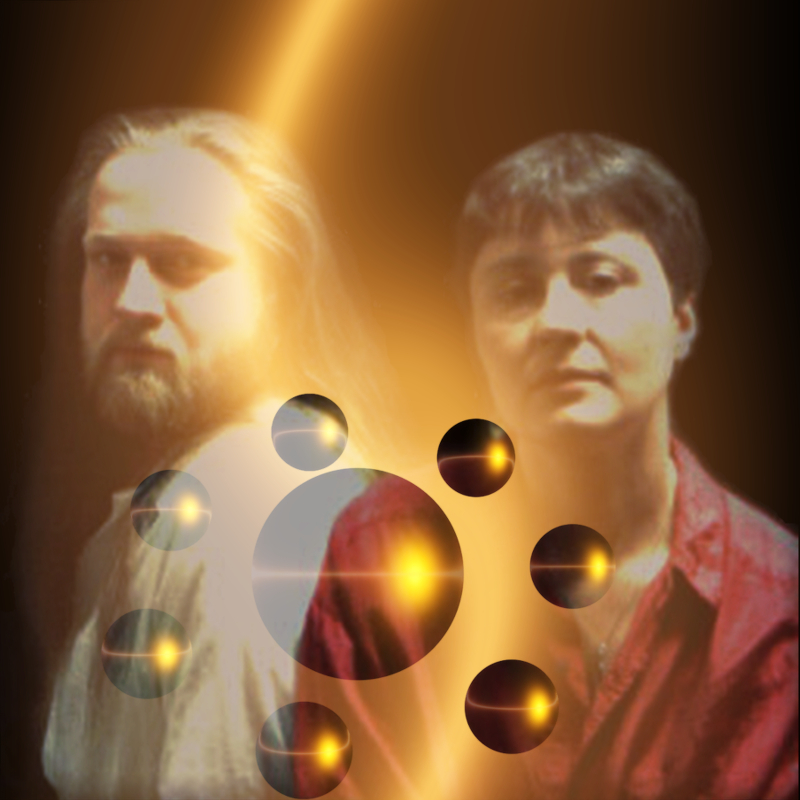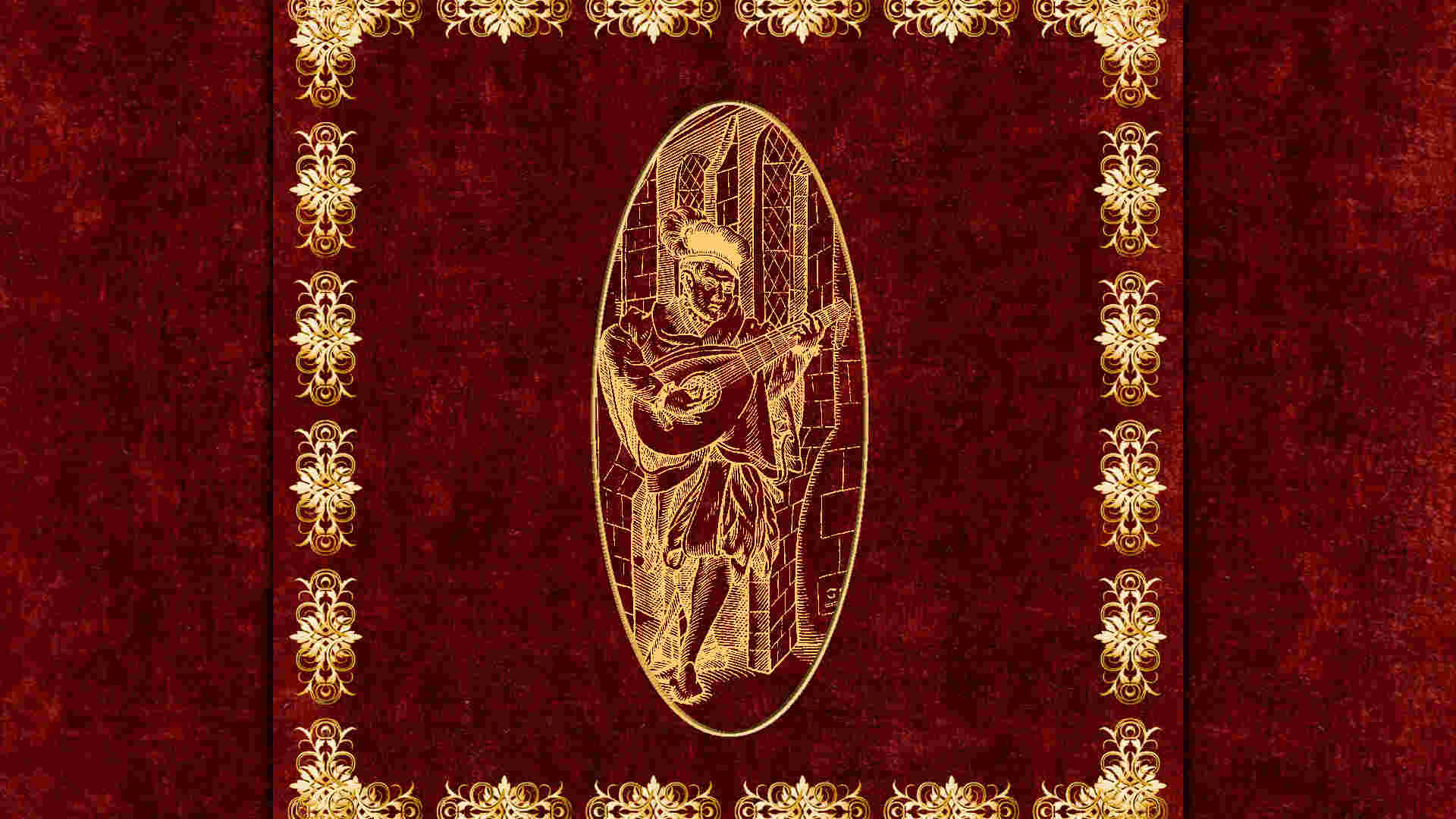
Residual effects from recording our video tribute to Chris Cornell still plaguing me, namely an ear-worm that’s been playing itself over and over in my head for a solid week, we set up for recording again, this time to record Forrest’s arrangement of Metallica’s Nothing Else Matters.
Nothing Else Matters has special significance for Forrest and I. It’s our love song, describing in music and words, how we feel about one another and, truly, about life with each other …and life in general, too. The music evokes the kindled essence of who and what we are to each other, to life, and to ourselves. The lyrics express our attitude, feelings, and perspective about life, others, society, and, yes, even the core of our love to and for one another. It’s our song in a lot of ways, far beyond normal significance.
Enough of all that stuff, though. Back to the session.
Because it’s rock, we keep it strictly in time to its intended tempo, recording under headphones to a click track …which makes it a bit of a trick, because intonation (staying on pitch) on the flute requires subtle adjustments, note by note on the fly …which requires both ears listening. To complicate things, the flute has delay (sometimes called echo) on it in places, and, later, both the guitar and the flute are under heavy distortion, the guitar chunky, the flute gritty and reedy. For me, this makes performing it a careful thing, because I must compensate accordingly for the signal lag that happens to the flute under distortion patches.
Add to that, in this session, my red light fright made my back and neck rigid with tension. Halfway through, it felt like I had knives or, maybe, ice picks, stuck, both, in the back of my neck and in my lumbar region — nasty, piercing, metallic sensations that worsened with the most subtle movement. By the end of the session, I was greedily, needily eyeing a bottle of pain killers, something I rarely ever take, no matter what. I managed to finish the session without resorting to chemical numbing, but just.
A few stretches, bends, and deep breathing techniques cleared the problem within minutes once I fled the studio, escaping outside into the night, there to assuage my taut nerves with gentle darkness and kind evening breezes. Then came the sound.
Session done, Forrest had opened up the studio windows and was playing the recording. It filtered out into the night and, listening, I felt awed. That was us! From a distance, It sounded epic, and that’s saying something for a flute and guitar duo of a song that brings me, a woman who doesn’t cry, to the brink of tears.
“Nothing Else Matters”
So close no matter how far
Couldn’t be much more from the heart
Forever trusting who we are
And nothing else matters
Never opened myself this way
Life is ours, we live it our way
All these words I don’t just say
And nothing else matters
Trust I seek and I find in you
Every day for us something new
Open mind for a different view
And nothing else matters
Never cared for what they do
Never cared for what they know
But I know
So close no matter how far
Couldn’t be much more from the heart
Forever trusting who we are
And nothing else matters
Never cared for what they do
Never cared for what they know
But I know
I never opened myself this way
Life is ours, we live it our way
All these words I don’t just say
And nothing else matters
Trust I seek and I find in you
Every day for us something new
Open mind for a different view
And nothing else matters
Never cared for what they say
Never cared for games they play
Never cared for what they do
Never cared for what they know
And I know
So close no matter how far
Couldn’t be much more from the heart
Forever trusting who we are
No nothing else matters



